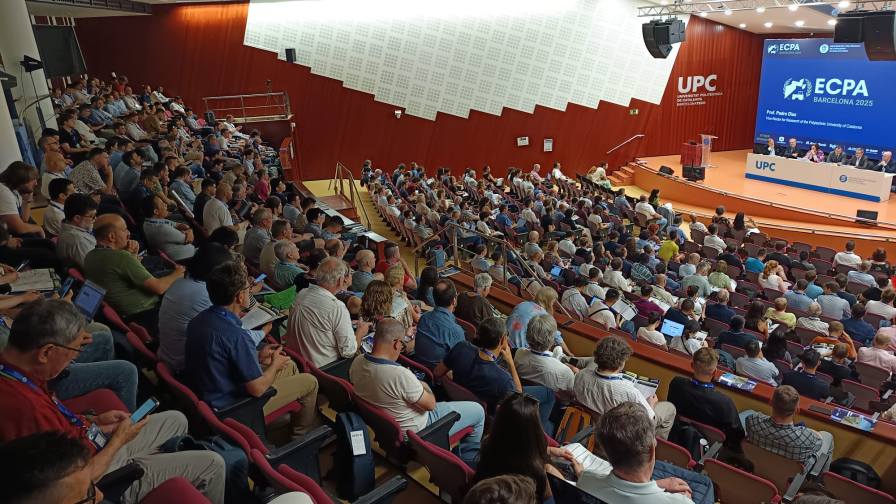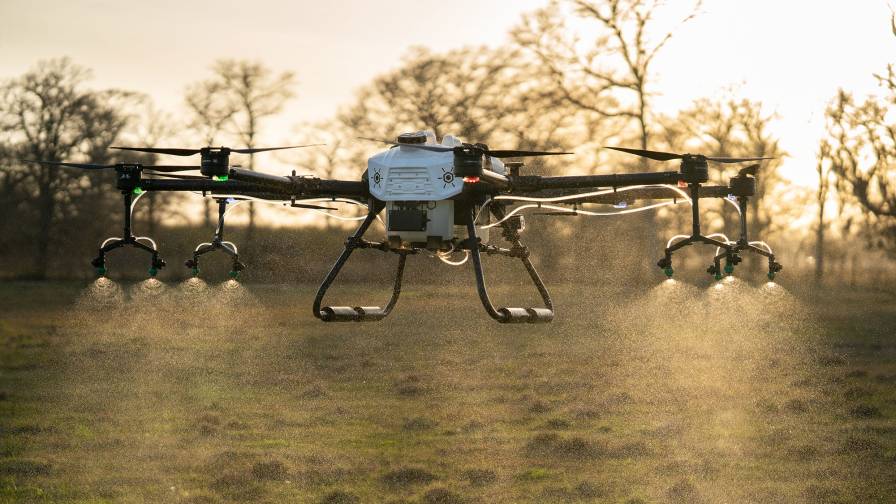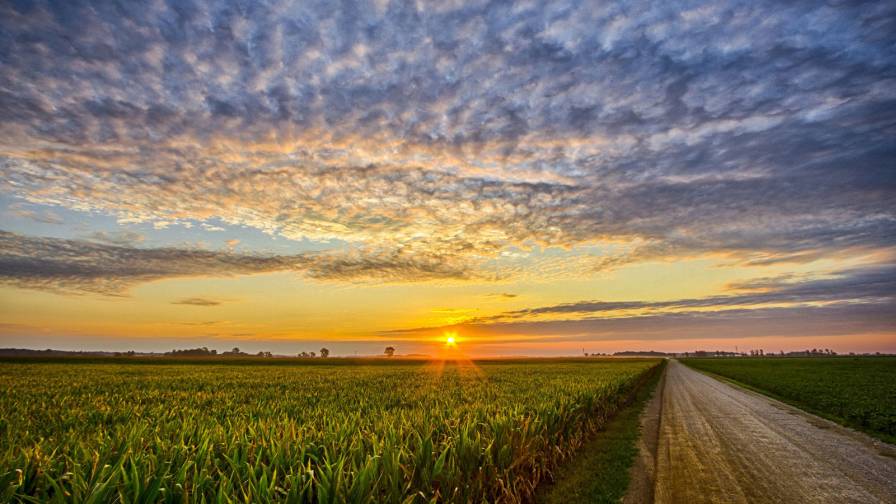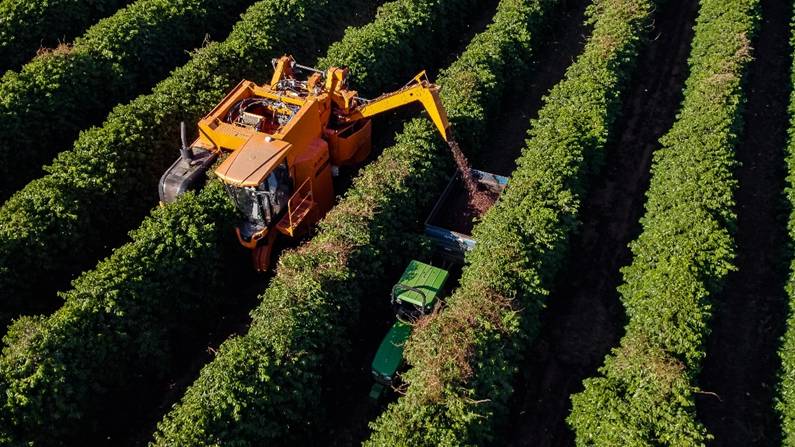Precision Agriculture Promises to Reach Unreachable Places
Recasting the mission of PrecisionAg.com – a granddaddy among agricultural media website – to provide “Global Tech Insight to Drive Agribusiness” is one of the most satisfying jobs in my 30-plus-year career in agricultural media. Because the future has never been more promising and the need for technology never greater.
But here’s the thing: Anyone can easily get lost in all the new technology and lose the “signal” amid all the noise. It’s hard work to decipher what’s real among all the fast-changing technologies as developers sometimes seem to come and go, to know who is who. And sometimes it’s not immediately apparent either how a technology might be adapted for use in a real working crop production environment – or whether a technology is even ready for primetime.
Let me give an example.
Late last year I was privileged to enjoy a wonderful dinner and a great bottle of wine in San José, Costa Rica, with two senior managers from global food giant Dole. One of the gentlemen had the tall task of integrating new technology into the company’s pineapple fields and banana groves in Central America.
MORE BY JAMES C. SULECKI
How Chateau Ste. Michelle Harvests Two Grades of Winegrapes — from One Vineyard
Application of fungicides is a particular issue in Dole’s bananas, he told me, especially in a subtropical climate where Black Sigatoka disease can run rampant and where there are lingering environmental and worker-exposure concerns about pesticide application. The terrain there is sloping and rough with residue from banana trees. Wide drainage ditches designed to siphon away the rainforest’s frequent drenching downpours foil the use of wheeled ground equipment. Dole, as a practical matter, would not be able to bring so-called “see & spray” equipment into a dense banana grove, this gentleman said, and he wondered whether such equipment could be manually operated.
Suppliers typically try to sell him on drones and imagery – and indeed Dole interpolates fertility across fields (albeit with maps that are not 3D because they cannot detect elevation). What he really needs – in a world where the price of bananas has remained stagnant for decades and every piece of fruit counts – are sprayers that can get to the ends of the rows of bananas. Could drones do this, or maybe some other set-up? He said he’s eager for a solution and ideally one that is cost-effective. Dole’s greatest need is not necessarily to know the names of every drone developer out there and what class of funding they have received funding, but rather what practical technologies are out there and who they need to know.
Given the size of an organization like Dole and the global value of bananas, the answer to their problem could reap a bonanza for all involved. But for right now it seems just out of reach – financially as well as technologically.
This story speaks to the unique moment that precision agriculture is in: We have great technology on one hand, but acute problems in food production begging for practical solutions on the other. How do we bring them together? I think gathering the far-flung global precision community into an ongoing, productive dialogue can go a long way toward making that happen. People talk to other people. Ideas spark new ideas. Technologies become commonplace. Prices come down.
If we at PrecisionAg.com can help in our own small way to spark this dialogue, this information revolution, we will consider our work a success. Be sure to subscribe to The Signal e-newsletter and make sure information keeps flowing your way. And if you have a suggestion for a topic we should be covering, please feel free to drop me a line at [email protected]. We hope you’ll join us on this great precision journey as it unfolds on PrecisionAg.com.










